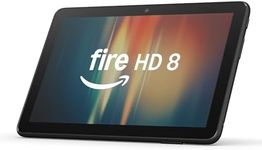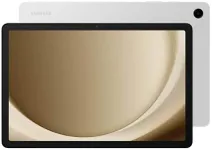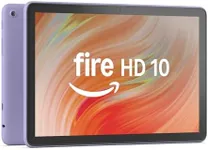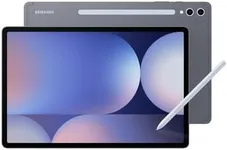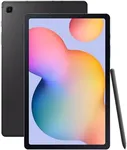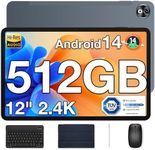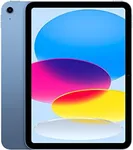Buying Guide for the Best Tablet For Music
When choosing a tablet for music, it's important to consider how you plan to use it. Whether you're a musician looking to create and edit music, a DJ needing a reliable device for performances, or simply a music lover wanting the best listening experience, the right tablet can make a big difference. Here are some key specifications to consider and how to choose the best fit for your needs.Operating SystemThe operating system (OS) is the software that runs on the tablet and supports all its functions. The main options are iOS (Apple), Android, and Windows. iOS is known for its stability and a wide range of music apps, making it a popular choice for musicians and DJs. Android offers more customization and a variety of devices at different price points. Windows tablets can run full desktop software, which might be useful for more complex music production tasks. Choose the OS that best fits your preferred apps and workflow.
ProcessorThe processor (CPU) is the brain of the tablet, determining how fast and efficiently it can run applications. For music production and DJing, a powerful processor is important to handle demanding tasks like real-time audio processing and running multiple apps simultaneously. Processors are often described in terms of cores and clock speed (GHz). More cores and higher clock speeds generally mean better performance. For basic music listening, a mid-range processor will suffice, but for professional use, look for a high-performance processor.
RAMRAM (Random Access Memory) is the tablet's short-term memory, which affects how many tasks it can handle at once and how smoothly it runs. For music production, DJing, or using multiple apps, at least 4GB of RAM is recommended, with 8GB or more being ideal for more intensive tasks. For casual music listening, 2GB to 4GB of RAM should be adequate. Consider your multitasking needs and choose accordingly.
StorageStorage capacity determines how much music, apps, and other data you can keep on your tablet. Music files, especially high-quality ones, can take up a lot of space. Tablets typically come with storage options ranging from 32GB to 1TB. If you plan to store a large music library or use apps that require a lot of space, opt for at least 128GB. Some tablets also offer expandable storage via microSD cards, which can be a cost-effective way to increase capacity.
Battery LifeBattery life is crucial, especially if you plan to use your tablet for long music sessions, performances, or while traveling. Tablets typically offer battery life ranging from 8 to 15 hours. Consider how long you need the tablet to last on a single charge and choose one that meets your requirements. For professional use, longer battery life can prevent interruptions during important tasks.
Audio QualityAudio quality is essential for a good music experience. Look for tablets with high-quality built-in speakers and support for high-resolution audio formats. Some tablets also offer advanced audio features like Dolby Atmos. If you plan to use external speakers or headphones, check for good audio output options like a headphone jack or Bluetooth support. For musicians and DJs, low-latency audio processing is also important.
ConnectivityConnectivity options like USB ports, headphone jacks, and Bluetooth are important for connecting your tablet to other devices like MIDI controllers, audio interfaces, and speakers. Some tablets also support external storage devices and other peripherals. Consider what devices you need to connect and ensure the tablet has the necessary ports and wireless capabilities.
DisplayThe display quality affects your overall experience, especially if you plan to use the tablet for music production or DJing, where you need to see detailed waveforms and controls. Look for a high-resolution display with good color accuracy and brightness. Screen size is also important; larger screens provide more space for controls and are easier to work with, but they can make the tablet less portable. Choose a size that balances your need for visibility and portability.
